Affiliate disclosure: This post may contain affiliate links. Please see our Privacy Policy.
Our September Homestead to-do list is all about harvesting and preserving and preparing for the long winter ahead. Here’s a rundown of our September Chores and Tasks in a zone 4 homestead in Vermont.
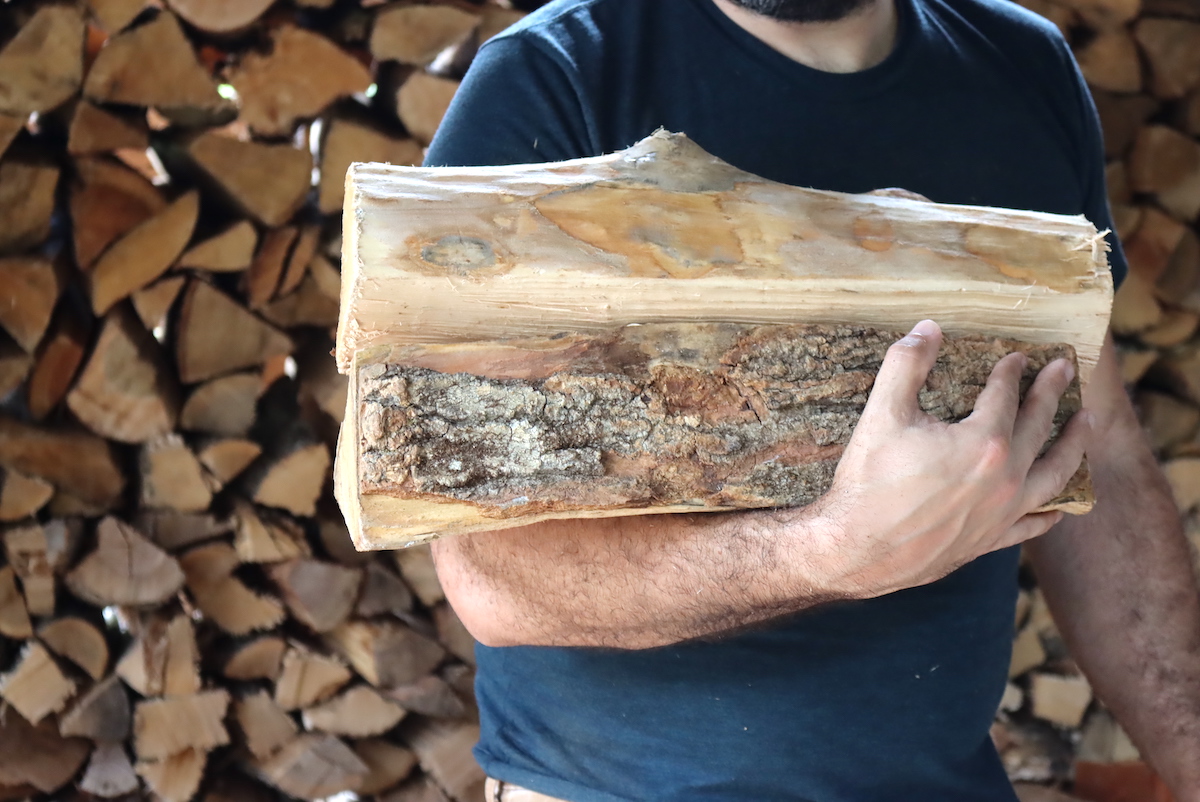
September is when the heat of our short Northern summer breaks. The weather abruptly shifts to cool and breezy, with heavy morning fog and a crisp chill in the air that sometimes lasts all day.
Highs are usually in the 60’s and 70’s at the beginning of the month, and 40’s and 50’s overnight…but they’re cooling off rapidly, and we’ll often have our first frosts in September.
This month is all about pulling in the bulk harvests of all the long-season vegetables and preparing for winter and the heating season.
(In warmer climates, your day might look a bit different, as frosts are likely still a ways away. Still, September is harvest season just about everywhere in the Northern Hemisphere, and you will be starting to prepare for winter, even if it’s a California winter rather than a Vermont winter.)
September Homestead to-do List
I’ll walk you through everything we do on our homestead in September each year, but in a nutshell, here’s a quick list:
- Preserve ALL THE THINGS ~ It’s peak harvest season, and almost everything is ripe at once.
- Make Herbal Remedies ~ September is harvest time for elderberries, but also echinacea, early rose hips, and many more things depending on your location.
- Stack Wood ~ Get the last of the wood stacked and into the woodshed because the heating season also starts this month.
- Test the Generator ~ Make sure the backup generator is working before the first winter storms.
- Animal Pre-Winter Prep ~ Ensure you have everything you need to tend your animals for the winter, or start thinking about it. Especially hay, as hay is impossibly to come by once the first snow flies.
- Food Storage ~ Top off your supplies of nonperishable dry goods (flour, rice, etc). It’s no fun hauling sacks of flour over an icy driveway, and it’s much easier to pack this in before winter.
- Trade with Neighbors ~ It’s peak harvest season for everyone, and if you had a good year of something, your neighbors will most likely love your excess (and they may have some things that didn’t grow as well on your homestead.)
- Country Fair ~ Don’t forget to get to a country fair! The summer fairs are nice, but the real old-time country fairs tend to happen in late September, right after the harvest comes in.
In The Garden & Orchard
Our growing season is a painfully short 100 frost-free days, and sometimes we’re lucky, and we’ll get 120 or even 130…but don’t count on it. September is when all the long-season vegetables ripen, all at once. (And hopefully, they make it before frosts.)
The only thing that really happens in the garden is harvesting, harvesting, and more harvesting. No time to mulch, weed, trellis, or prep beds for later. The fall garden was already planted in mid-August, right before things get crazy…and then from mid-August until the end of September, we’re just bringing in basket after basket of produce.
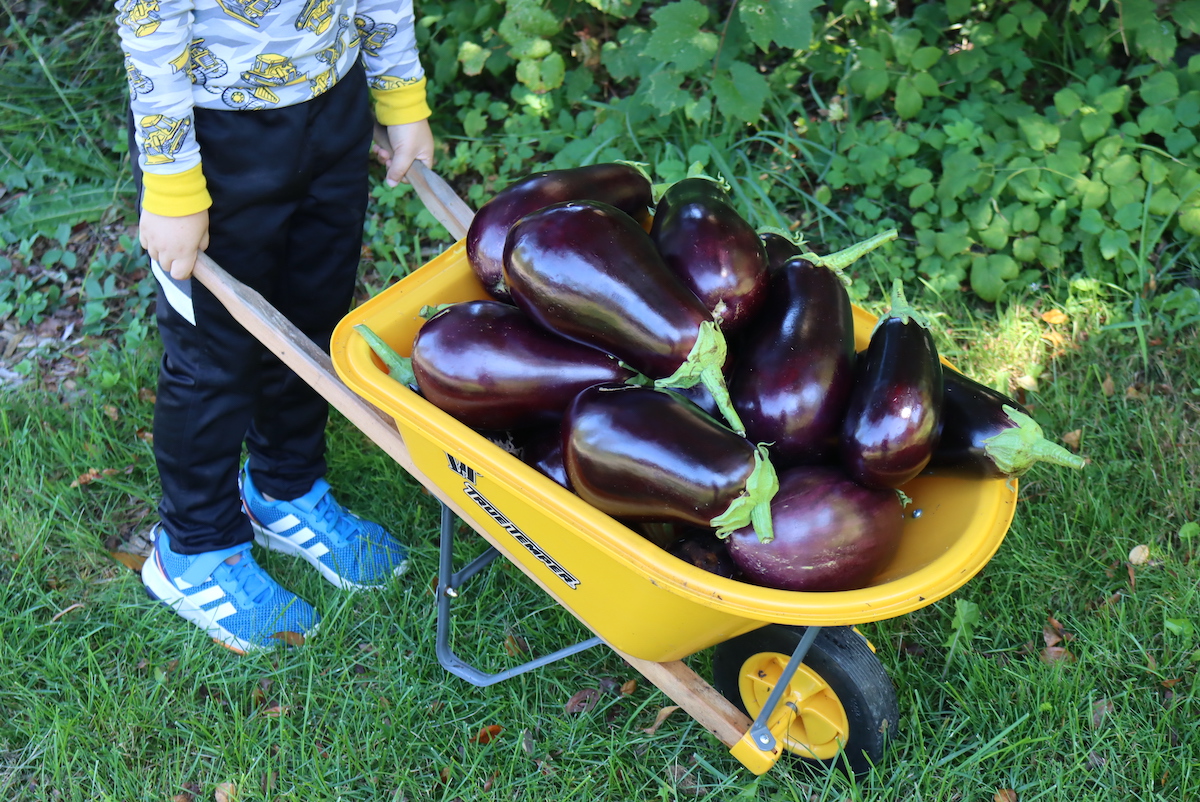
We’re harvesting tomatoes, eggplants, and peppers by the wheelbarrow full, and in the orchard, we’re just seeing some of our early full-season apples. Pears have been ripening for a while now, and we’re also pulling grapes, elderberries, and plums by the bucketful.
There are still thimbleberries, blackberries, lingonberries, and a handful of other fruits as well.
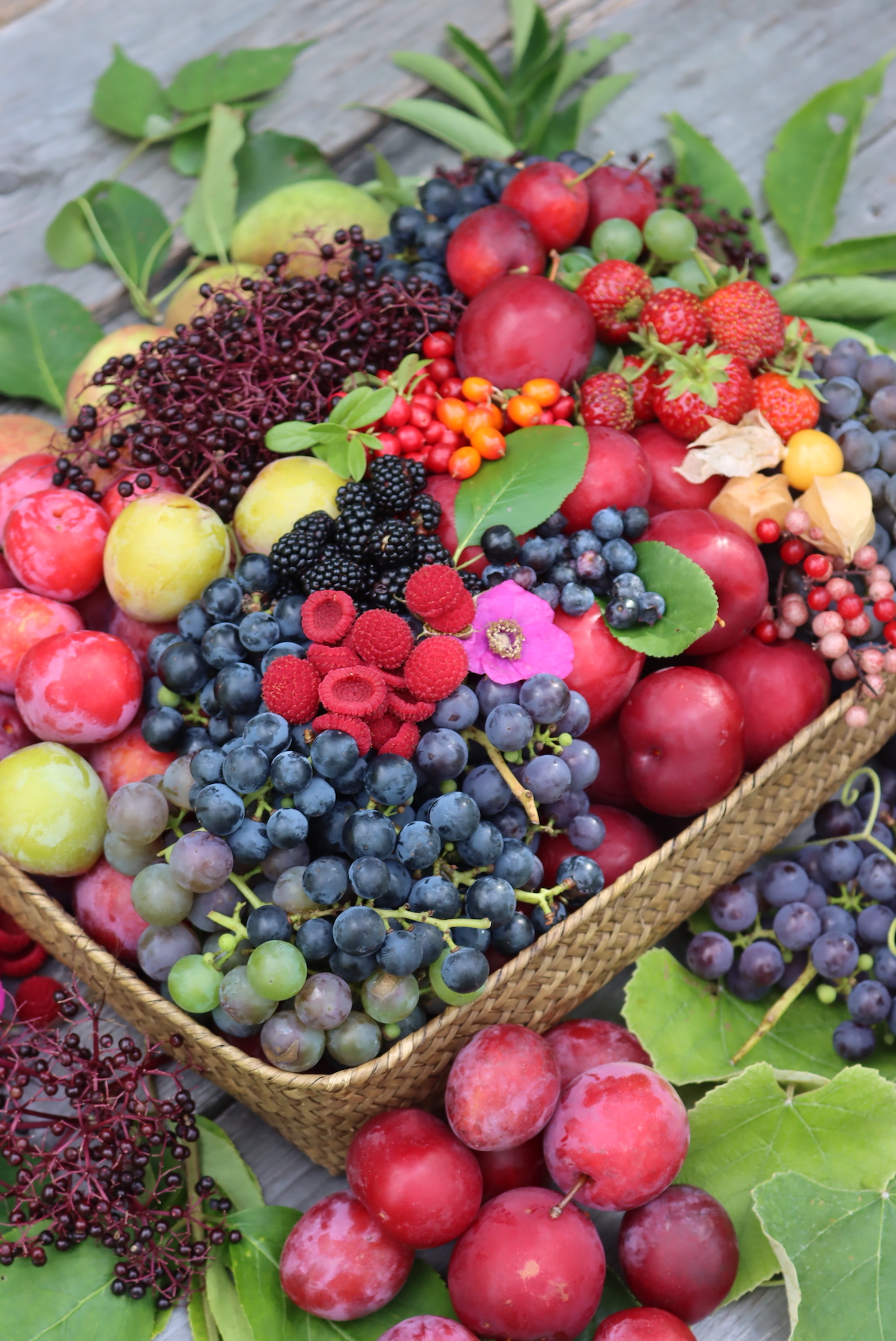
Next month in October, harvests will still be happening, but at a much more reasonable pace, and there will be time to catch up on all the maintenance we’ve missed in September.
October means harvesting lots more winter storage squash and the main storage potato harvest, which will have to cure for storage. We’ll also begin to pull in some of the cold hardy vegetables like scallions, brussels sprouts, carrots, beets, cilantro, and cabbage, but those will hold on right out in the garden all the way into mid-November. (And in some cases, all winter long until spring.)
For now, it’s all about harvesting the tender summer vegetables that take all season to mature, and all manner of fruit from the orchard that will spoil in a blink of an eye if not canned, jammed, dried, fermented, or otherwise preserved.
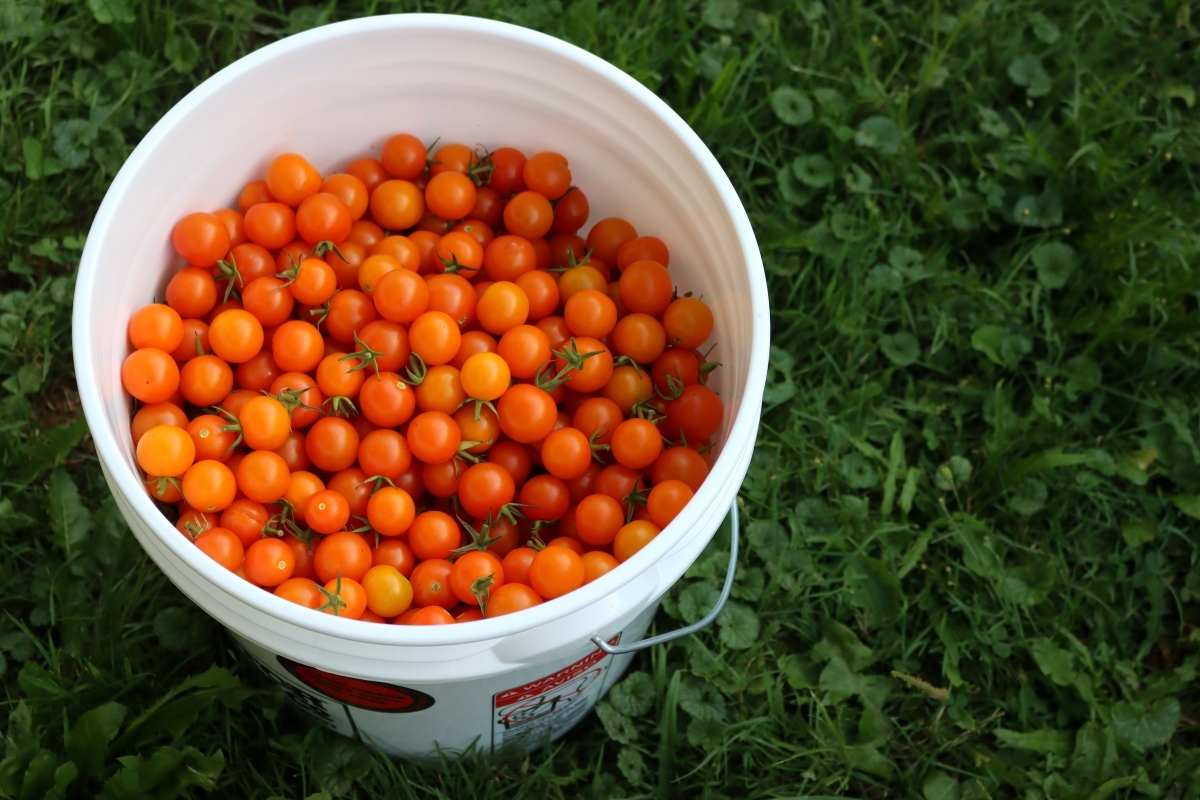
In the Kitchen
This time of year, the kitchen is all about preservation.
Sure, I’d like to bake a loaf of bread or, honestly, even prepare a decent meal…but there just isn’t the time or space. Late August into September is peak harvest season, and every spare counter is covered by something desperately needing preservation before it starts to turn.
It’s exhausting, but these six or so weeks of mad preservation only come once a year, and then things slow down.
This time of year, I really appreciate all the work I did the previous winter canning soups and canning meal-in-a-jar recipes. You’d think harvest season would be all about fresh eating, but in reality, it’s mostly about frantically chopping, cleaning, and preserving everything before it spoils, then opening up a jar of soup you canned last winter for dinner.
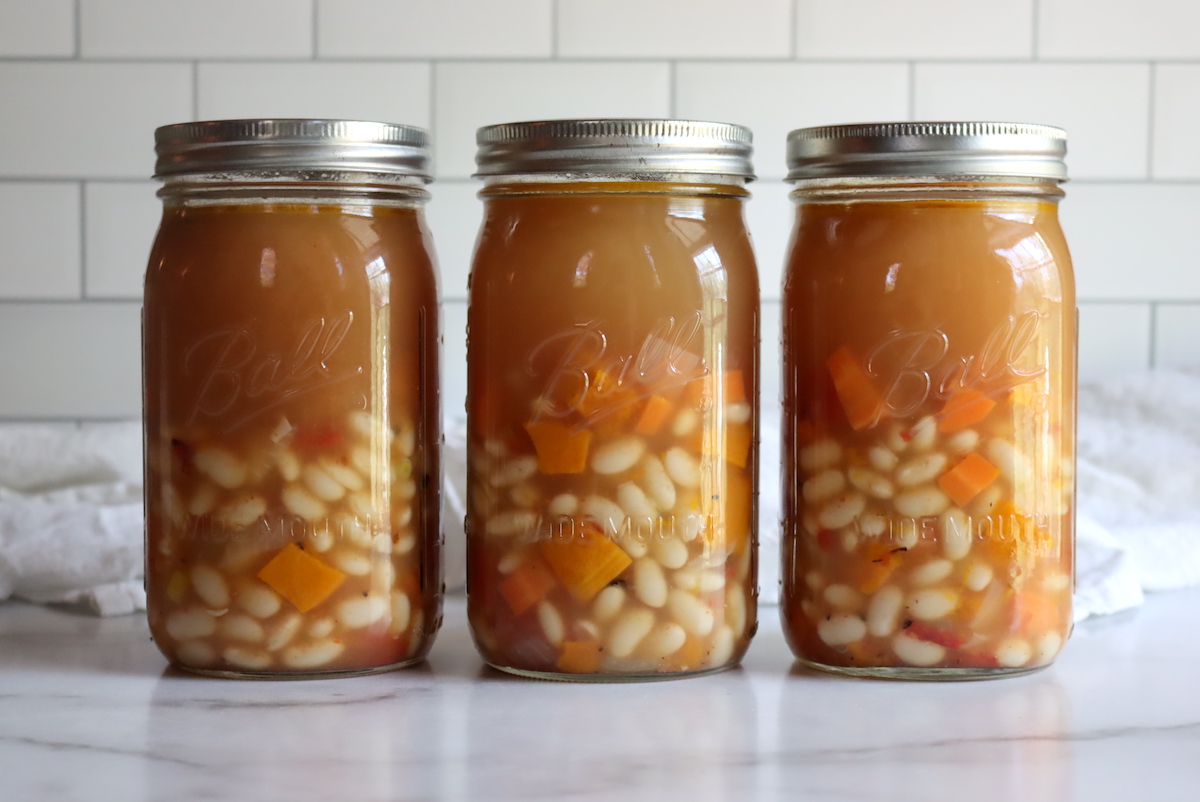
Tomatoes are mostly being put up in tomato canning recipes, everything from canned whole tomatoes, tomato sauce, diced tomatoes, tomato paste, spaghetti sauce, and tomato jam.
While I’d like to try out some dehydrator recipes, or even some fermentation recipes with tomatoes, it never seems to happen because canning just works so darn well. Home canned tomatoes (and tomato products like paste, etc.) are also a lot more versatile than really any other preservation method.
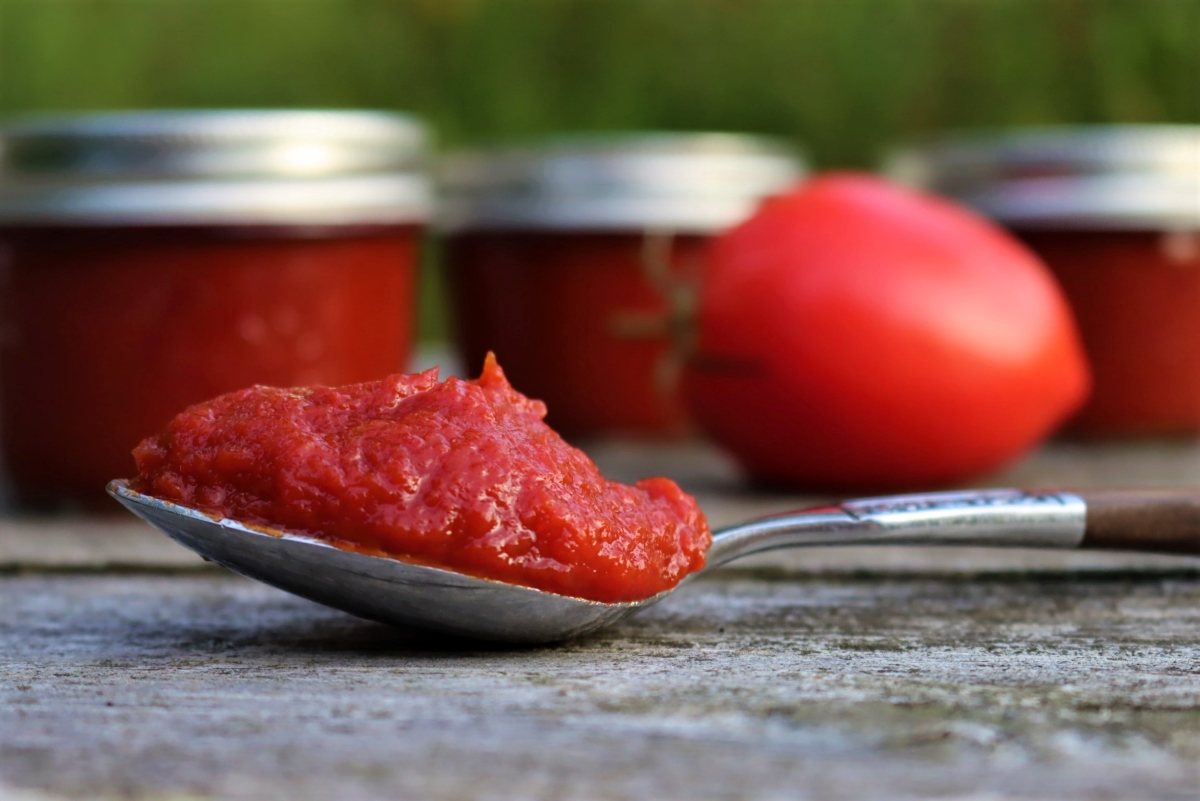
Sweet peppers canned as roasted peppers, or dehydrated. Dried sweet peppers are truly exceptional and work well in all manner of dishes.
Hot peppers turn into pickled peppers and fermented hot sauce. The fermentation process brings out all manner of hidden flavors and aromatics in hot peppers, and if you like hot sauce at all, you’d love fermented hot sauce. The process improves the flavor and preserves the hot peppers at the same time.
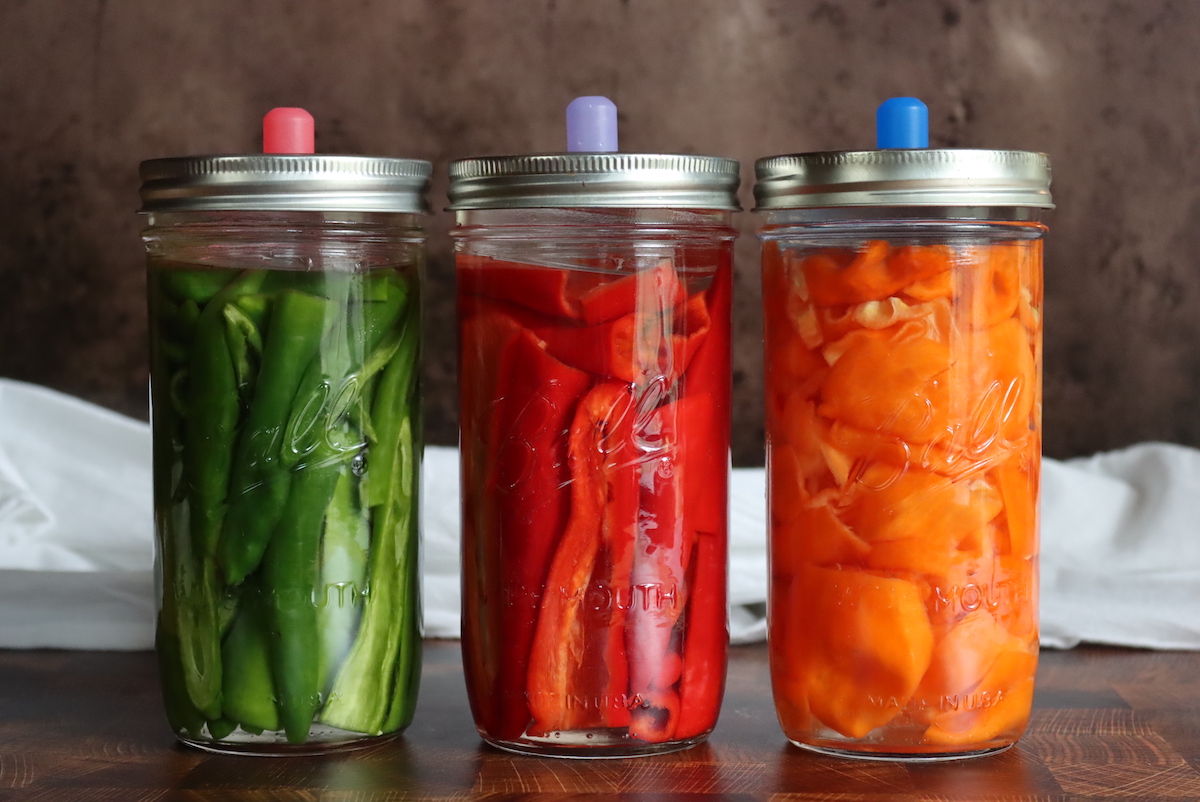
Eggplant is tricky to preserve, and there are plenty of traditional eggplant fermentation recipes, but they really alter the flavor and character, turning it into more of a pickle or condiment.
I love using it in soups, stews, and curries, so in the past, I’ve just frozen it as roasted eggplant. This year, it’s all going into our freeze dryer, and I think they’ll be a lot more versatile come this winter.
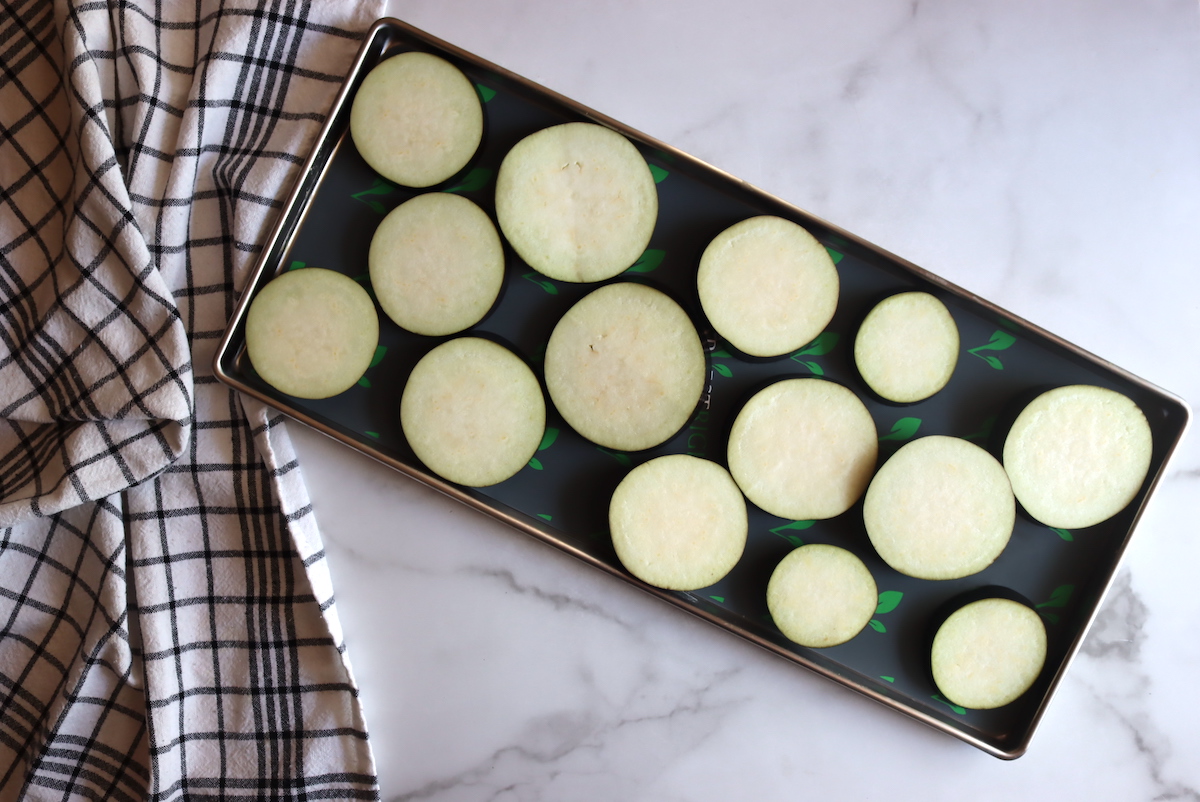
Zucchini and Summer Squash are put up in zucchini canning recipes or grated and frozen. This year, they’re also being freeze-dried.
Plums are going into whole canned plums, plum jam, plum jelly, plum butter, Asian plum sauce, and plum wine.
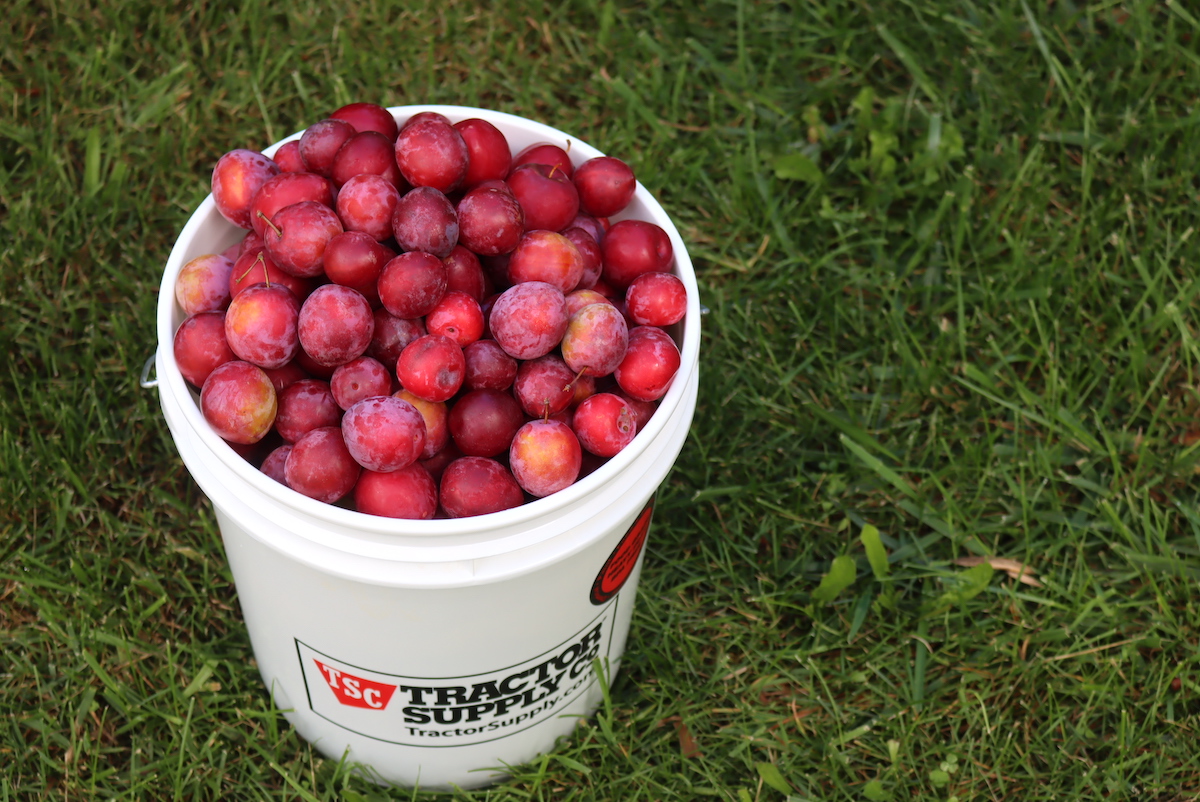
Grapes become canned grape juice, grape jam, grape jelly, canned whole grapes, raisins, and wine (or pyment, which is grape mead).
Elderberries are turned into elderberry wine, elderberry syrup, and elderberry tincture/cordial.
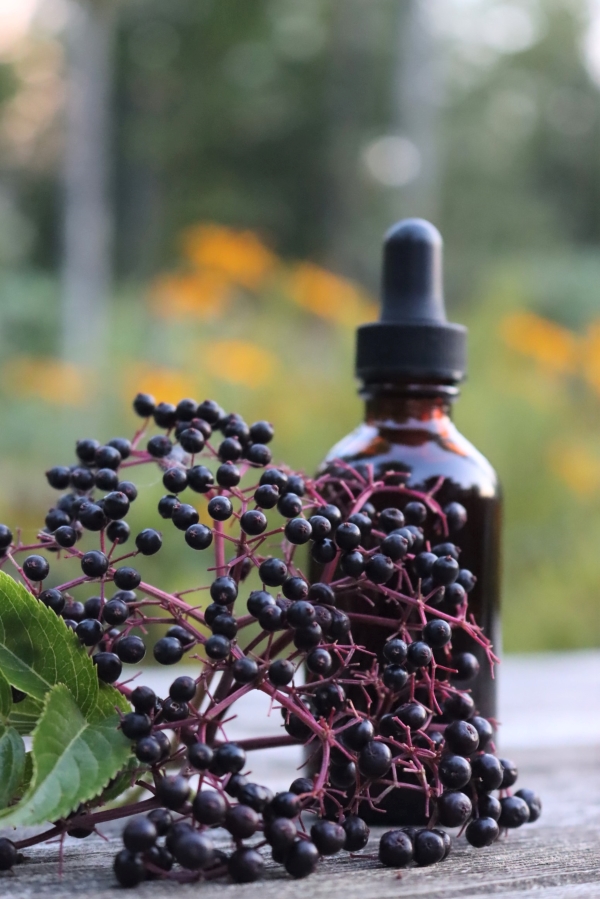
I could go on and on, but you get the idea. It seems like everything comes ripe at once, and needs to be preserved right now. September is when I pull out just about every preservation technique in the book to make sure nothing goes to waste.
In the Woods and Fields
September is a great time to forage, but I’ll admit, I only get out a few times this month with all that’s going on. Still, it’s a great time to harvest:
- Wild Grapes (Made into wild grape jelly and wine, but there are extra preparation steps when working with wild grapes.)
- Wild Elderberries (Used like regular elderberries)
- Himalayan Balsam (related to Jewelweed, and used in topical salves)
- Wild Quinoa (seeds from lambs quarters)
- Wild Raisin (Viburnum Species)
- Shaggy Mane Mushrooms
- Puffball Mushrooms
- Chanterelles
- Chicken of the Woods (Mostly harvested in August, but it’s often still available in early September)
- Hen of the Woods (Late September)
It’s also peak season for nuts of all kinds, including Black Walnuts, Butternuts, Beechnuts, Hickory Nuts, Chestnuts, and many more nuts you can forage in autumn.
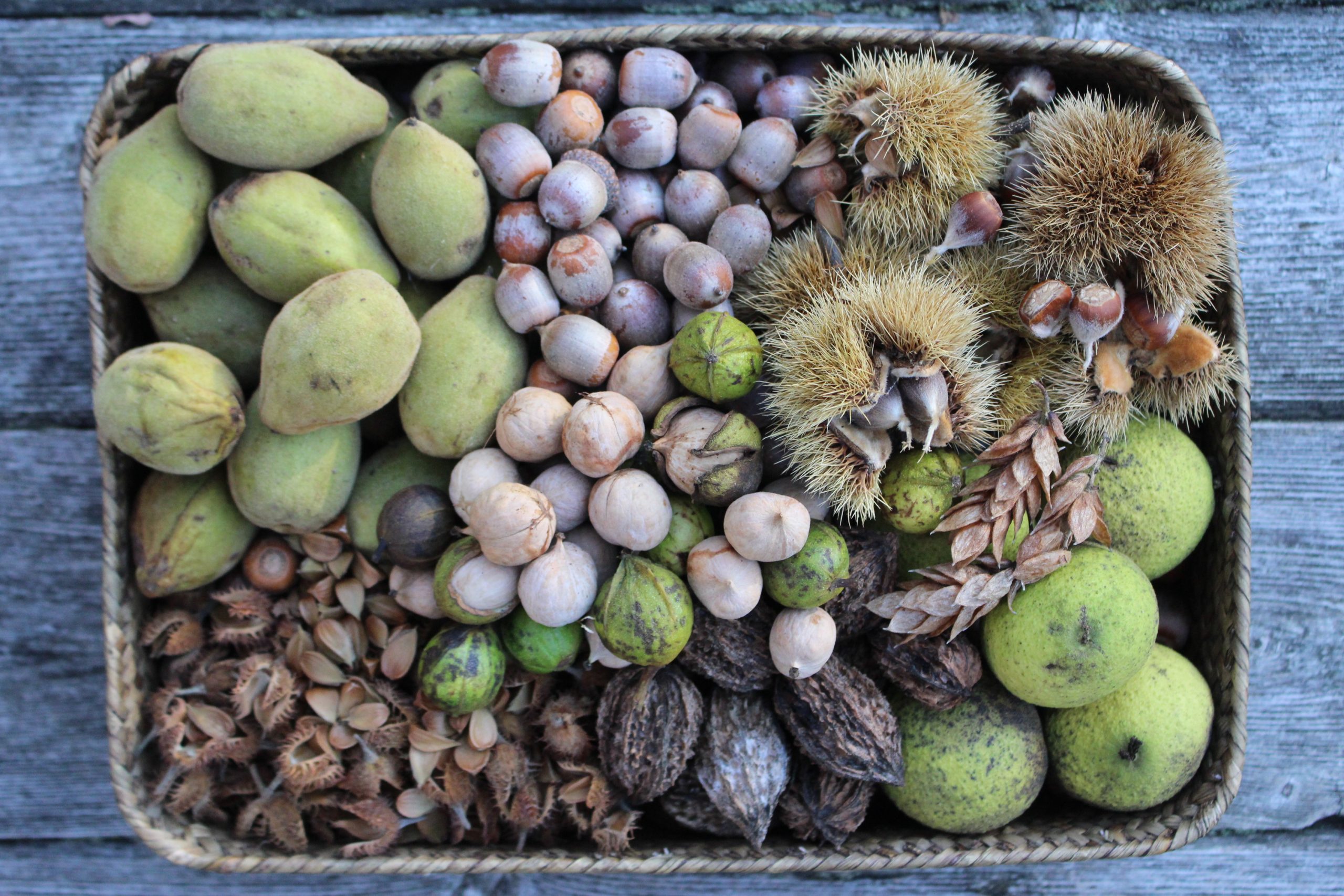
Next month in October, there’s actually a lot more available as all the long-season fruits come to bear, including crabapples, hawthorn, nannyberry, hobbleberry, and many more. The autumn mushrooms really pick up in October as well, and we’ll be harvesting lion’s mane and many others as well.
In the House
The heating season starts in September, so if we don’t have all our wood stacked and stored by now, we’re in trouble. And honestly, that’s usually the case. We’re still packing in wood into the boiler shed in September almost every year.
Summer is spectacular here, and every year we have to decide whether we’re going to buckle down and get it early…or sneak in one last trip to the lake with the kids…knowing that we’ll still have more wood to stack come September. Every year, the lake wins, and I watch my babies splash to their heart’s content.
The cool September air is better for wood stacking anyway…
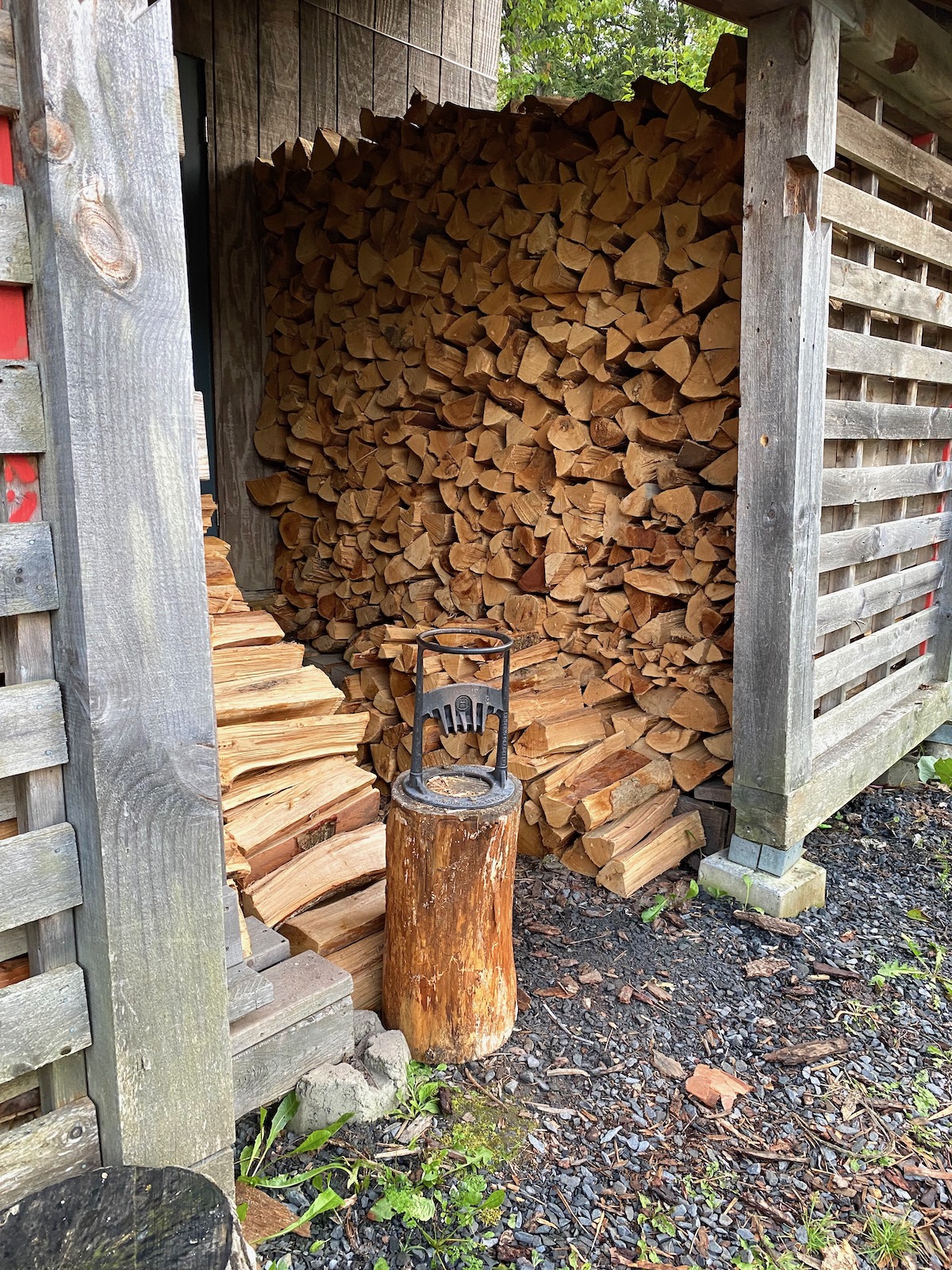
It’s also the time of year when we check on our off-grid systems, do any pre-winter battery maintenance, test our standby generator, and generally prepare to maintain all our off-grid systems all winter through the snow and ice storms ahead.
We’ll top off our food stores with the few bulk things we don’t grow ourselves, mostly flour, rice, and dry beans. That’s a lot of bulk to haul in over the snow, and we’d rather just store a winter’s worth in gamma seal buckets down in the basement.
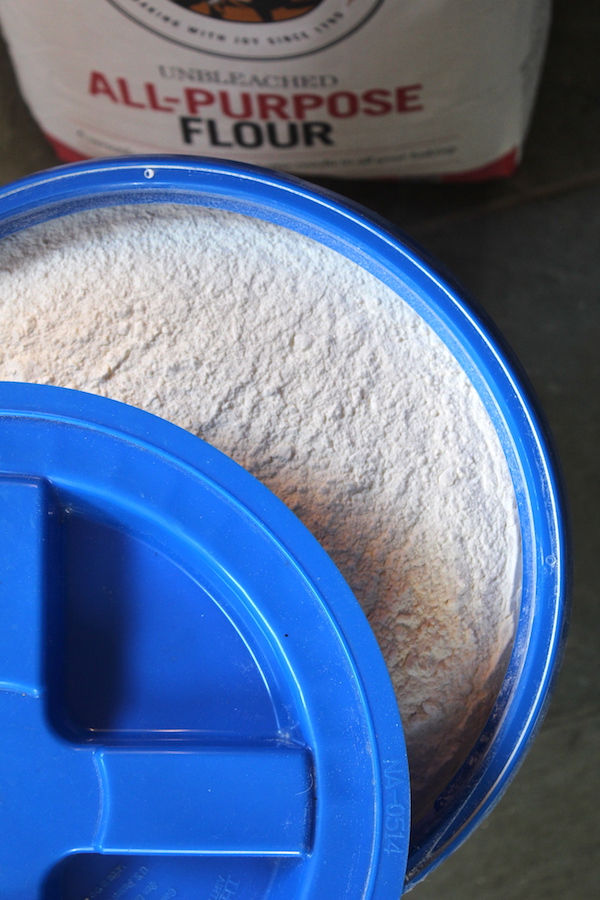
In the Barn
At this point, we only have baby chicks, but in the past, we’ve had a whole menagerie to tend to. Ducks, geese, pigs, goats, bees…everything short of a partridge in a pear tree (though there’s no shortage of pear trees, and we considered guinea hens…which aren’t all that different than partridges.)
Generally, this time of year, we’d be evaluating our animals and deciding who we plan to overwinter on the hoof, and who’ll be spending the winter in the freezer.
October is the best time to process meat, as the weather’s cool enough to hang the animals to chill, and the early frosts have killed off the flies. September is a time of decisions, but all the action will happen a bit later.
Winter here means six months of hauling buckets of water across the ice to animals out in the barns, twice a day during the coldest part of the year. We don’t overwinter any more than is strictly necessary for the following year.
For the animals that are staying, this is the month where we’d pack in feed for the next 6 months. It’s easy to get hurt hauling feed sacks and hay through snow/ice, and there’s no reason for it if it can be avoided. There are also often feed shortages in mid-winter, and no one will sell you hay once the snow starts to fly.
For chicken and pig feed, we store it in galvanized trash cans to protect it from rodents, and a single can will hold around 150 pounds of feed. (You can extrapolate out how much you need by reading my articles on how much it costs to keep chickens and how much it costs to keep pigs.)
In the Community
September is also when all the best country fairs happen, at least the old-time-y ones. Sure, there are fairs in the summer, but they’re mostly centered around amusement park rides and fried Oreos.
Our favorite fairs are the ones with animal exhibits, oxen pulls, shelf after shelf of preserves judged and rated, and barns full of quilts, farm machinery, and displays where they bring the old technology back to life.
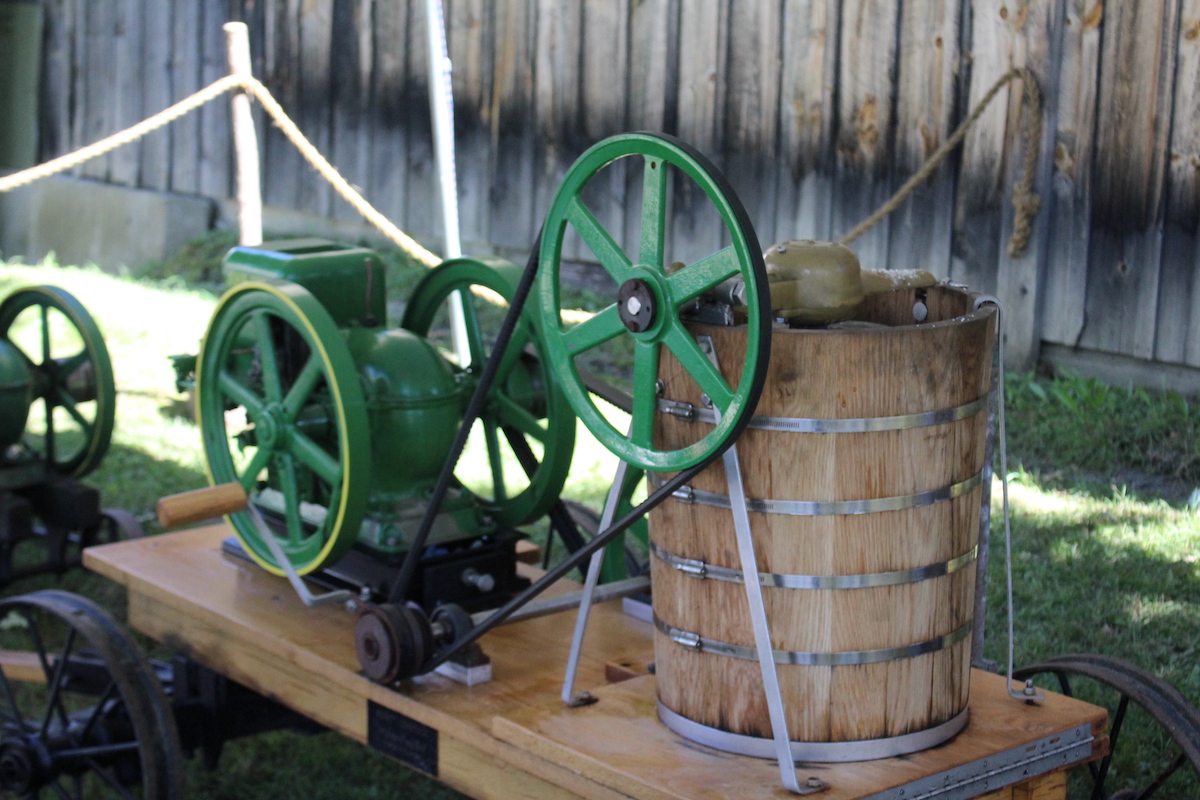
We’ll spend the day watching men shape 14’’ square timbers for timber frames, turn logs into pipes and aqueducts, run horse-powered corn shuckers, make hooked rugs, churn butter, and a thousand other things that were once a daily part of life.
There may, or may not, also be corn dogs and carrousel rides…but that’s just the icing on the cake. The main dish is a trip back in time.
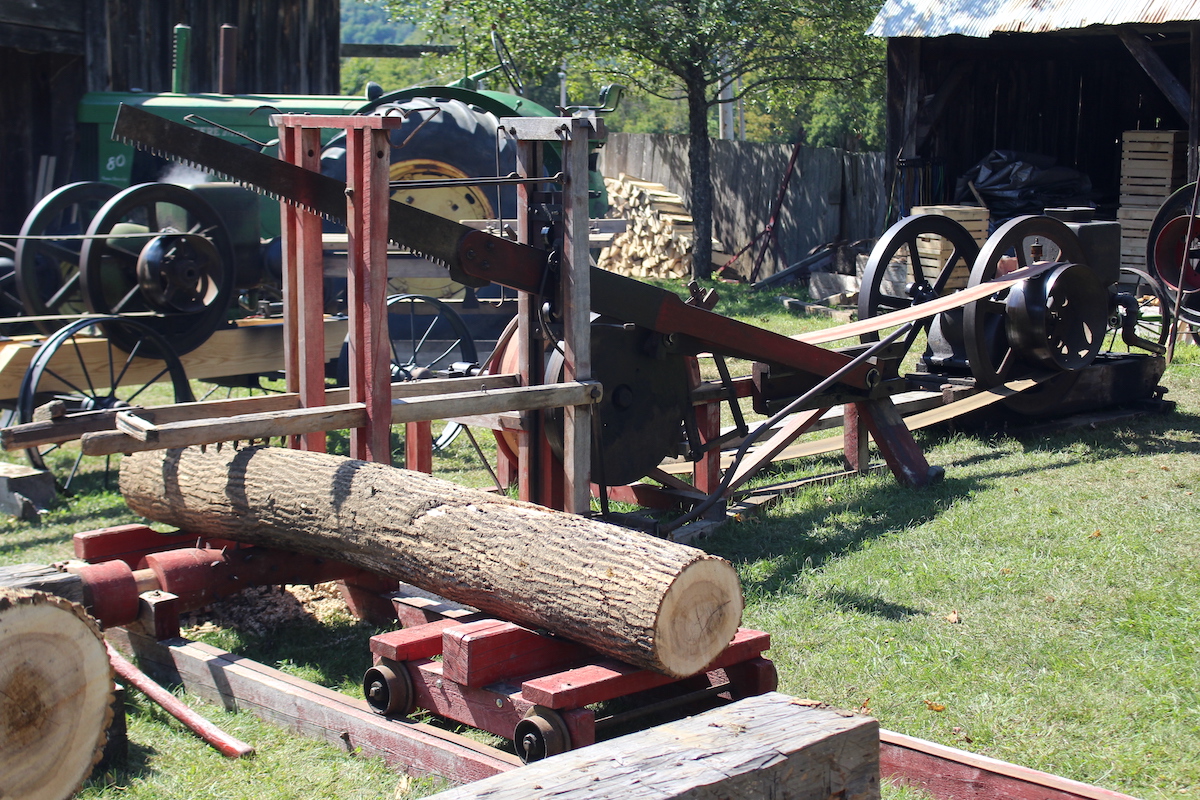
Besides the country fairs, it’s also when neighbors share the bounty of their garden with each other.
Sure, there’s the non-consensual zucchini you’ll find on your porch, hanging in a bag from your mailbox, or even in the back seat of your car all summer long, but Steptember’s harvests push everything into high gear, and seemingly everyone has something to share.
We’ll offer up everything we can’t preserve, and our neighbors will do the same. This year, we were gifted bucket after bucket of hops for the price of harvesting them ourselves at a neighbor’s house, and a six-pack or two of homemade beer as a thank you.
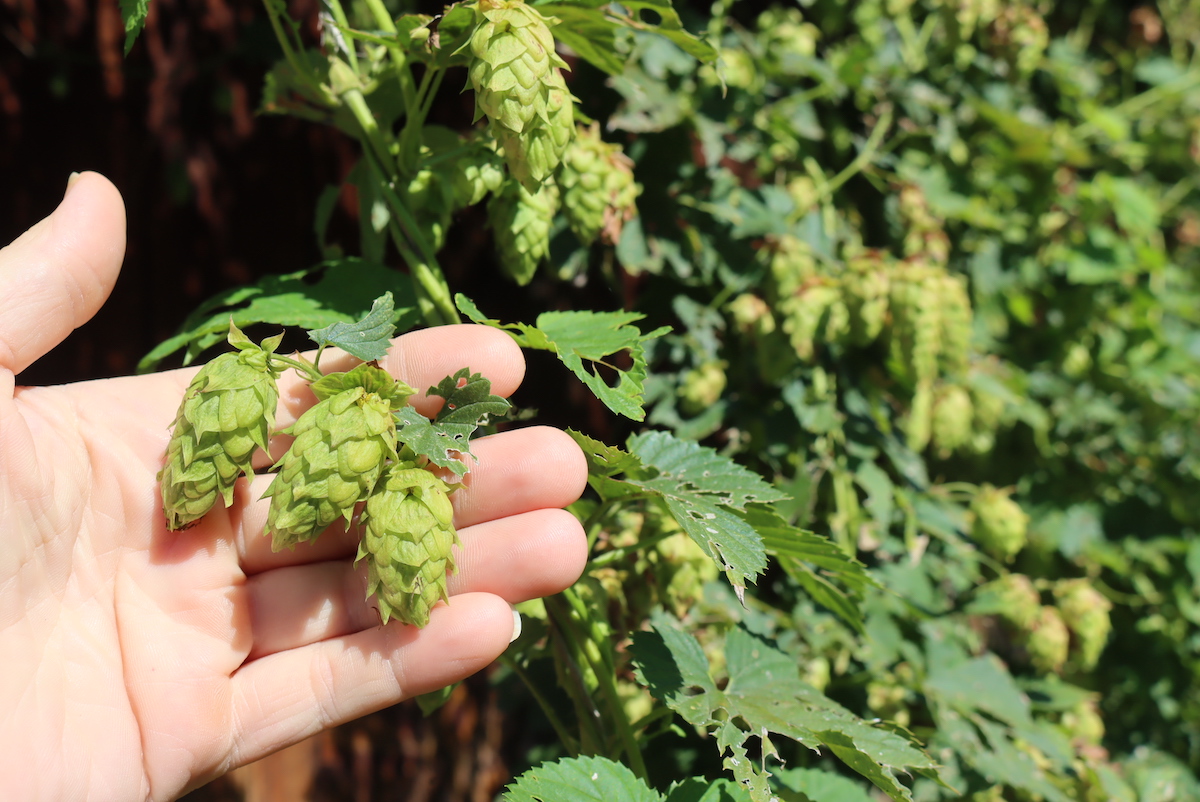
Someone else had a bumper crop of husk cherries, and we ended up with 10 pounds of husk cherries (for husk cherry jam, wine, and salsa), and traded them back for our bumper crop of tomatillos (closely related but used very differently, in more savory recipes like tomatillo green sauce).
Every year, we share our homebrewed beer and wine, dozens of jars of jams and jellies, and in the past, our home-cured pork and smoked duck.
Everyone wins in this season of abundance.
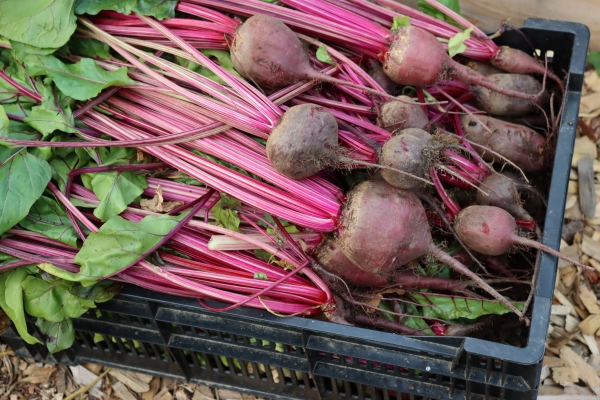
What happens in September in your part of the world?
What are you harvesting, preserving, building, or exploring on your homestead this week? I’d love to hear about it! Leave me a note in teh comments.
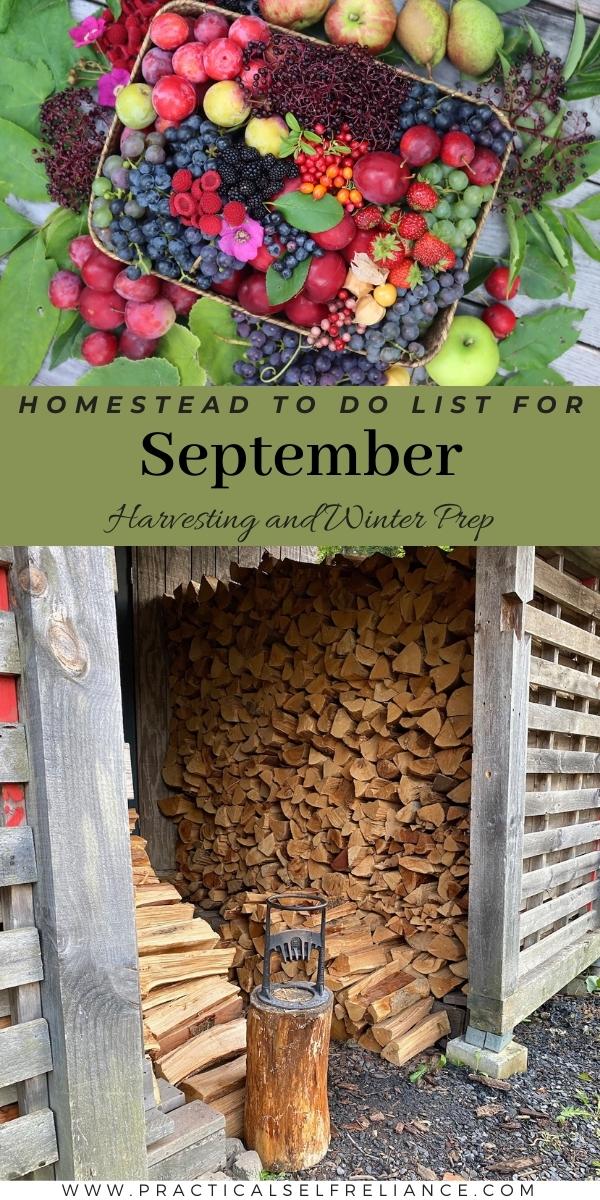
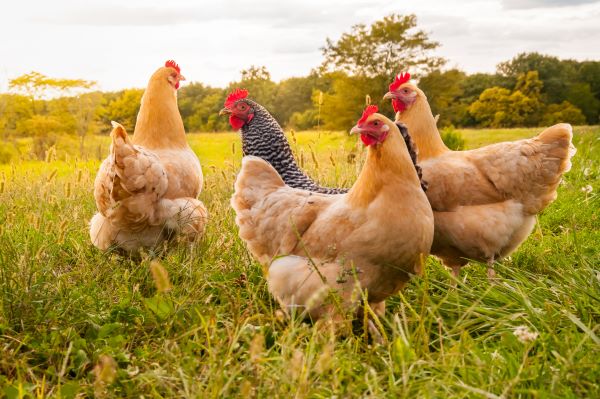
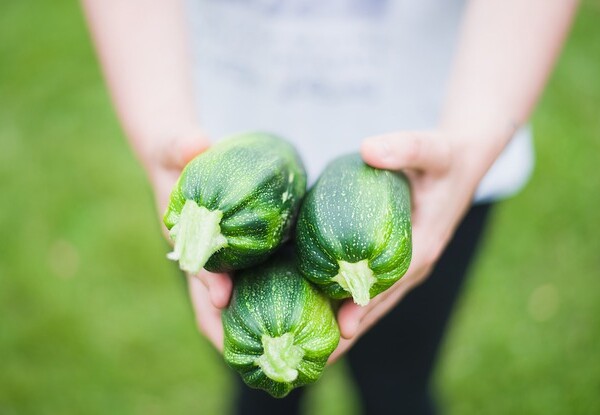
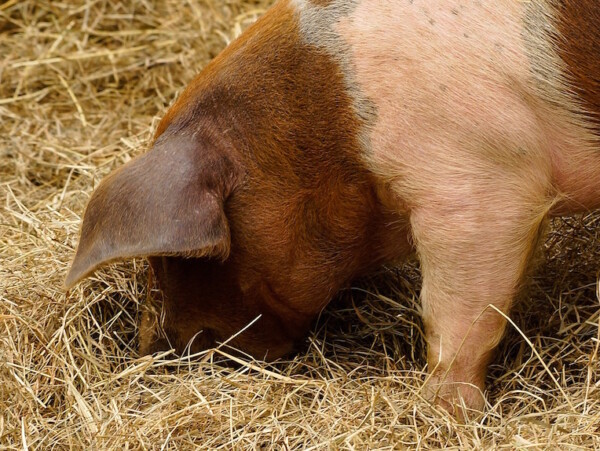
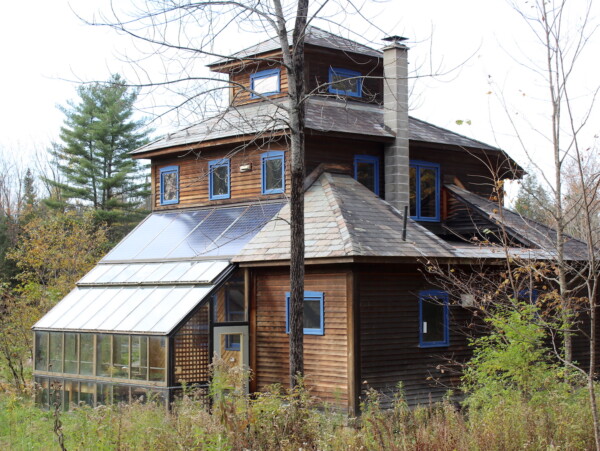
thank you for this! Is there a way you could provide an easy to print page that I could print and put in a binder for what to do in September? Then could you provide lists for each month for what to do on homestead. This would be so helpful to those of us that are learning. Thanks
We don’t have anything available like this right now but be sure to subscribe to the email list so you’ll be the first to know if we decide to create something like this.
Your emails and posts bring so much peace and happiness to my heart. Thank you for sharing a little slice of your time here with us. Sending love, a Swede living in Los Angeles
Wonderful Lauren, I’m so glad you’re enjoying them!
Making a lot of green tomato chutney here in western Pa.! Ashley, what is that cast-iron contraption on the stump in the woodshed? Does it hold logs for splitting or something? Made my first attempts at wood-splitting last weekend, and that looks like it would come in handy!
It’s called a kindling cracker, and it works wonderfully for splitting off small pieces of kindling (though you’ll still need a regular ax for splitting whole logs into firewood). Here’s a link: https://www.northerntool.com/shop/tools/product_200647343_200647343
Thanks!
😐southern nh here and although I was taught that peaches are iffy due to late spring frosts, and to expect about every other year harvests, they just seem to keep on producing. peaches peaches peaches we have no time for anything but peeling them and freezing them in a bit of orange juice. Towards the end of j
Harvest I make some jars of peach ginger bell pepper chutney. Elderberries and cranberries and aronia berries need picking and freezing till I can get to processing them. Same with wild grapes, though I do steam and extract juice first as it is more compact and can become jam later. I am experimenting with overwintering artichokes in the poly tunnel this year, and kale will need extra protection there towards the end of october. Then there are only the apples to deal with and start processing the things thrown at the freezer in the heat of harvest.
Sounds about right!